For my case study, I will look at a Skylanders game trailer, as the series has some influence on my project idea. I will look at the trailer for Skylanders Spyro’s Adventure.
MIGRAINE Colour Key:
Media Language
Institution
Genre
Representation
Audience
Ideology
Narrative
Economics

Skylanders is a toys-to-life video game series created by Toys for Bob and published by Activision. The games are played by placing plastic figurines of the characters onto the portal of power and it displays the character represented by the figure in the game by NFC. The game has 6 entries, starting with Skylanders Spyro’s Adventure in 2011, and finishing with Skylanders Imaginators in 2016. There was also a Netflix series called Skylanders Academy, which had 3 seasons.

/cdn.vox-cdn.com/uploads/chorus_image/image/31699911/sky-base-bg.0.jpg)

The trailer starts with some clouds, and then the game’s logo is shown on the screen. It’s placed in the middle of the screen to put all the attention on the title. Then, the clouds disappear, and we then see some floating islands and the Skylander Sunburn flying around. This makes the viewer instantly recognise a fantasy world. The camera then focuses more on the island In the centre, where we see Spyro and Gill Grunt. Spyro is talking about what they want to do today. The camera also focuses mainly on these two, which gives an introduction to the two characters. They both talk in a young voice and give off a friendly impression through their mannerisms and actions. This is done to attract the player to the character. Gill Grunt notices something in front of them. Spyro tells him to snap out of it, but he then points out what he sees. We then see a new camera shot of Spyro and Gill Grunt from a low angle. Some dark clouds are approaching them, which is the villain Kaos and his army that is approaching them, ready for an attack. The main characters are placed at a low angle to give the impression of the increased danger that’s approaching. Kaos shows himself as a giant blue floating head to make himself look bigger and more threatening. Then it cuts to other Skylanders noticing the dark clouds approaching, Showing Trigger Happy, and then Chop-Chop, Boomer, Slam-Bam, and Dino-Rang who were playing a game and then stopped when they realise Kaos is coming, Boomer escapes. We then see Eruptor, who barfs out lava when he notices Kaos. This is a clever marketing trick to encourage the player to purchase more characters as they are shown in various scenes. It then cuts to Kaos and his army, where Kaos is laughing menacingly and the camera zooms into Kaos, where we see him for the first time. He is just a bald, short guy with a somewhat high-pitched voice instead of a giant hooded floating head. It gives a comical element to the villain, which encourages a younger audience and reduces the perceived violence level. Kaos then coughs from laughing too hard and then drinks some of his 100% apple juice. This also adds to the comical element of the character.

Spyro and Gill Grunt then set off to get the other Skylanders. They both go through a cave where a portal is, that they use to teleport to the battleground with all the other Skylanders. This is done to advertise one of the main features of the game, where the portal is used to send Skylanders into the game. Spyro then tells the other Skylanders about Kaos’ return and we see a shot of his army approaching them with an evil tone to them. This resets the status from comic to good vs. evil. The other Skylanders are annoyed, as they have to fight Kaos again. Kaos also still owes Terrafin 5 dollars. They then go teach “big head a little lesson”, and then fight “For Skylands!”. This can tell the player that it is possible to defeat Kaos if they play the game to its conclusion. Which also references the need to have more than one character to succeed.

Once the Skylanders get surrounded by the enemies and are almost in defeat, Kaos then does the last move by pressing a button on a device that has a label saying “Defeat Skylanders” on it. Which does a big laser blast from his giant floating head, which causes a massive explosion which sends the Skylanders flying into space. Kaos then congratulates himself for winning the battle.

As the Skylanders get further away from Skylands, they shrink and freeze into statues, and then they arrive into the Earth’s atmosphere. This introduces the toys that we need to buy for the game and brings reality from fantasy. We then see a young boy in a city witness something fall from the sky. We then see Spyro as a small figurine in a small crater on the ground. The boy then reaches out to pick up the figure from the ground and presumably all the other Skylanders that fell in that spot. We then see this boy’s room, where he is on a chair at the table, observing what he just found. It gives off the impression of excitement and tells the buyer that it’s an amazing thing to have and everyone should go out to buy one. Spyro can still talk while in the statue form, but the boy probably can’t hear him. Trigger Happy and Gill Grunt see Spyro and talk to each other and see a portal, which can get them back to Skylands. This relates the game to the trailer and sets the backstory, encouraging you to buy the game and find out what happens next. The boy then places Spyro on the portal of power, and then we see the gameplay of the game that is being advertised in this trailer.

One thing to note is that there is a Wii remote next to the portal and the console starter pack shown at the end is for the Wii, which is apparent that they made the game for the Nintendo Wii console. This creates subtle advertising for both the game and console and allows the buyer to know where to look in the stores. Another thing is that in various parts of the trailer, we see a skylander that was never featured in the final game, which is a prototype skylander design.

Prototype skylander:


This is believed to be an early design for the skylander Camo, but that skylander appears earlier in the trailer, just the moment before the battle begins. This is a teaser to show that more characters are coming soon and to maintain excitement and anticipation both at launch and in the future.

Media Language

The media language shown within this promotional trailer uses a lot of different camera angles, different lighting effects, music and movement. All these are shown throughout the trailer. Some examples of camera angles are high, mid and low angles. The high angles have been used to make something look weak, an example of this being when a Skylander is shown in a crater. Whilst the low angles have been made to make something look imposing, such as when the boy finds the Skylander in the crater. The lighting in the trailer also quickly shifts from bright lighting to dark lighting as the scene moves from good to evil. This is clearly shown when Kaos shows up and Skylands then quickly gets covered in darkness. This shows the effect lighting can have on changing the mood of the trailer. The music also changes a lot throughout the trailer. For example, the music changes to a darker tone once Kaos and his army are revealed as imposing danger is coming. But then the music gets more upbeat once the battle is about to begin, indicating a change of pace and a rush of adrenaline for the heroes. This gives a sense of excitement to the player as they are going into battle with the Skylanders. During the action scenes in the battle, each skylander is shown fighting in slow motion, which shows their power and a sense of invincibility.
High-angle shot:

Low-angle shot:

Institution


Activision is an American video game company based in California. It was founded in 1979 by Larry Kaplan, David Crane, Bob Whitehead, Alan Miller, and Jim Levy. It was formally Computer Arts before it became Activision. It is now the publishing business for its parent company: Activision Blizzard. They have been making video games since the 1980s and are still doing so today, originally cartridge-style games before moving to computer games. They are well known for the Call of Duty franchise, Crash Bandicoot and Spyro remastered trilogies and the Tony Hawk series. They were recently bought by Microsoft in 2022 for $68.7 Billion, which is the largest sale in the video game industry. Activision does not develop all their games themselves but uses development houses such as Toys For Bob and Vicarious Visions (Skylanders series) All developed games however are published under the Activision banner.
![Call Of Duty Games In Order [Complete 2022 List] - GamingScan](https://www.gamingscan.com/wp-content/uploads/2020/10/Call-of-Duty-Game-Order.jpg)
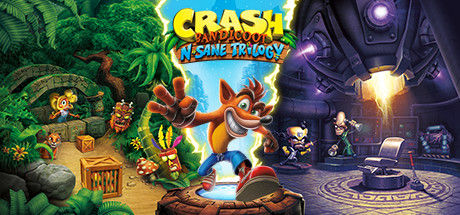
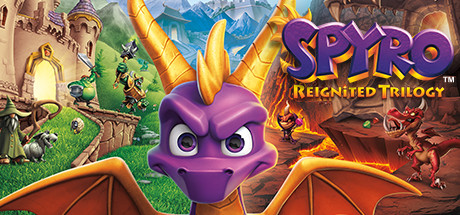

Genre

Skylanders Spyros Adventure and other mainline Skylanders games are placed into the genre of beat-em-up platformers and toys-to-life. There are genre conventions present in Skylanders, these are fantasy genre conventions such as Skylands being an endless world of floating islands, there being a vast variety of mythical creatures all over Skylands, and it also applies to the Skylanders themselves. The Skylanders are placed into eight different elements (genres) based on their powers such as fire, water, life, etc. To progress through the game, you need at least one of each element. This creates a need to buy more characters and appeals to the collectors who want to complete the set. When you buy the starter pack from the stores, you get the poster shown below which has every skylander sorted into their elements. When you buy a new Skylander/Skylanders, it comes with some stickers that you can add to the poster. This is a clever marketing method to encourage the player to try to complete the set which gives more profit to the publishing company (Activision) and also appeals to the stores that stock their products.
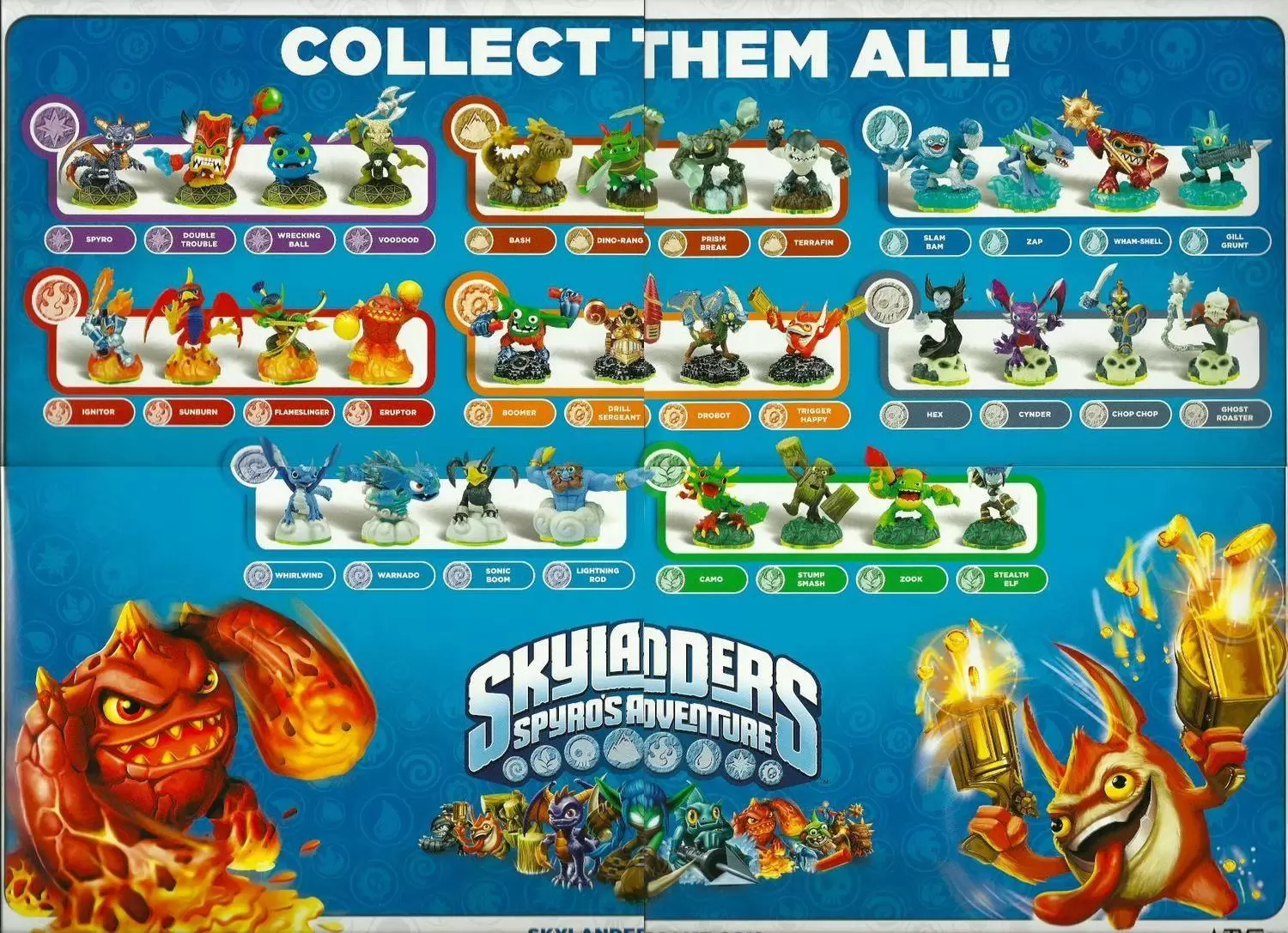
Representation

How are the Skylanders represented? They are portrayed as young and friendly and there is sunshine where they are, which appeals to the target audience. Bright and light = good and right, most people want to be the good guy. Kaos is portrayed as evil by the dark clouds and his evil lair, which has dark shades of blues and greys. The colour grey is seen as emotionally distant or disconnected from reality, whilst blue has god-like tendencies. Both are seen in Kaos’s character. One thing I have noticed is that from all 32 Skylanders from Spyro’s Adventure, only 5 of them are female, the rest are male, meaning that there is a rather poor female representation in the first Skylanders game’s roster. This might be because they’re making the game appeal more to boys, as figures show 60% of males play games to 40% of females. The game style also appeals more to the male genre. Making a game in this style will increase sales and profit for the company.
The female Skylanders are highlighted below. They aren’t holding any big weapons and they’re styled in softer tones. Whilst the male Skylanders are sharper and bolder, with more aggressive postures.

Audience

The audience this trailer would have been for is in the demographic aged 10 and up, as there is an ESRB content rating at the start of the trailer. It is rated E for everyone at 10+, and the trailer contains cartoon violence. The psychographic this would go under is the explorers’ category, as it is typically a younger demographic (students), and they seek discovery, energy, individualism, experience, values, difference, and adventure. This trailer shows examples of all these.
Below is a screenshot from the trailer showing difference. In this shot, although all the characters are different, they can be seen to be all treated equally and the same. This is a positive example of a game promoting diversity, inclusion, and equity in a subtle way. This is also a way in which a game can make a difference in society influencing the younger generation.

Ideology

The ideology for Skylanders is that light is good, and dark is evil. In the two images below, you can see Skylands before Kaos’s arrival, the sky is blue, the grass is green and everything is healthy and happy. This is portrayed as the world most people would like to live in. When people go on summer holidays, they always try to escape to the sun and blue sky, as the weather plays an important role in making people happy. If we look at Kaos, we can see the sky is grey and there is a big storm approaching. This makes people sad. The Skylanders want to defend their happy world (light = good) but are cast out by evil, leaving Skylands helpless. The Skylanders getting turned into figurines would make the player want to get revenge on the villain for doing that to the good guys and allow good to triumph over evil.


Narrative

The narrative of Skylanders Spyro’s Adventure is Kaos destroying the “Core of Light”. This results in the Skylanders being banished to earth, one of the main characters “Eon” losing his body, and Skylands will soon fall into darkness. Now that you, “the new portal master” must send the Skylanders back into Skylands using the “Portal of Power” and repair the core of light by finding all eight of the elemental sources found across Skylands and defeat Kaos at the end.
The type of media narrative it uses is the Todorov theory, as there is an equilibrium, then there is a disruption of the equilibrium where Kaos destroys the core of light, the hero characters recognise the disruption, then they set out to repair the damage by collecting each elemental source to repair the core of light. Finally, there is a new equilibrium when the new core of light is built and Kaos is defeated.
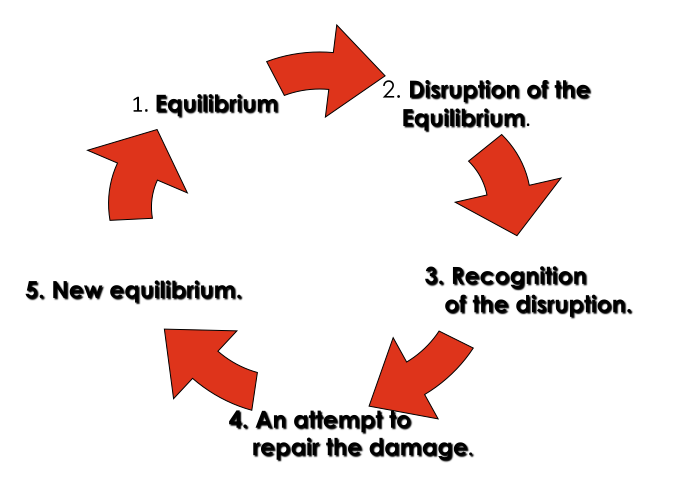
Economics

For economics, the game was the first Toys-to-Life video game, which made it an immense success as there was no other game like it, as no other game in the past or present used collectable toys that can be used in the game. It gave Activision $3 Billion in revenue through sales of the game, the figurines, and the merchandise. Releasing multiple characters with unique designs was necessary to progress through the game, increasing the revenue for every game sold for Activision. They sold 30 million toys worldwide for the first game, which was two to three times higher than what Activision expected. Due to the game’s popularity, many sequels were created, which gave more opportunities to increase their collection with new character launches and new gimmicks. Later on, other companies like Nintendo and Disney made their own Toys-to-Life lineups following the success of Skylanders, with the Disney Infinity games and the Amiibo toy line. Whilst Nintendo and Disney have some success with their toys-to-life series, Skylanders remains the most successful in this genre.
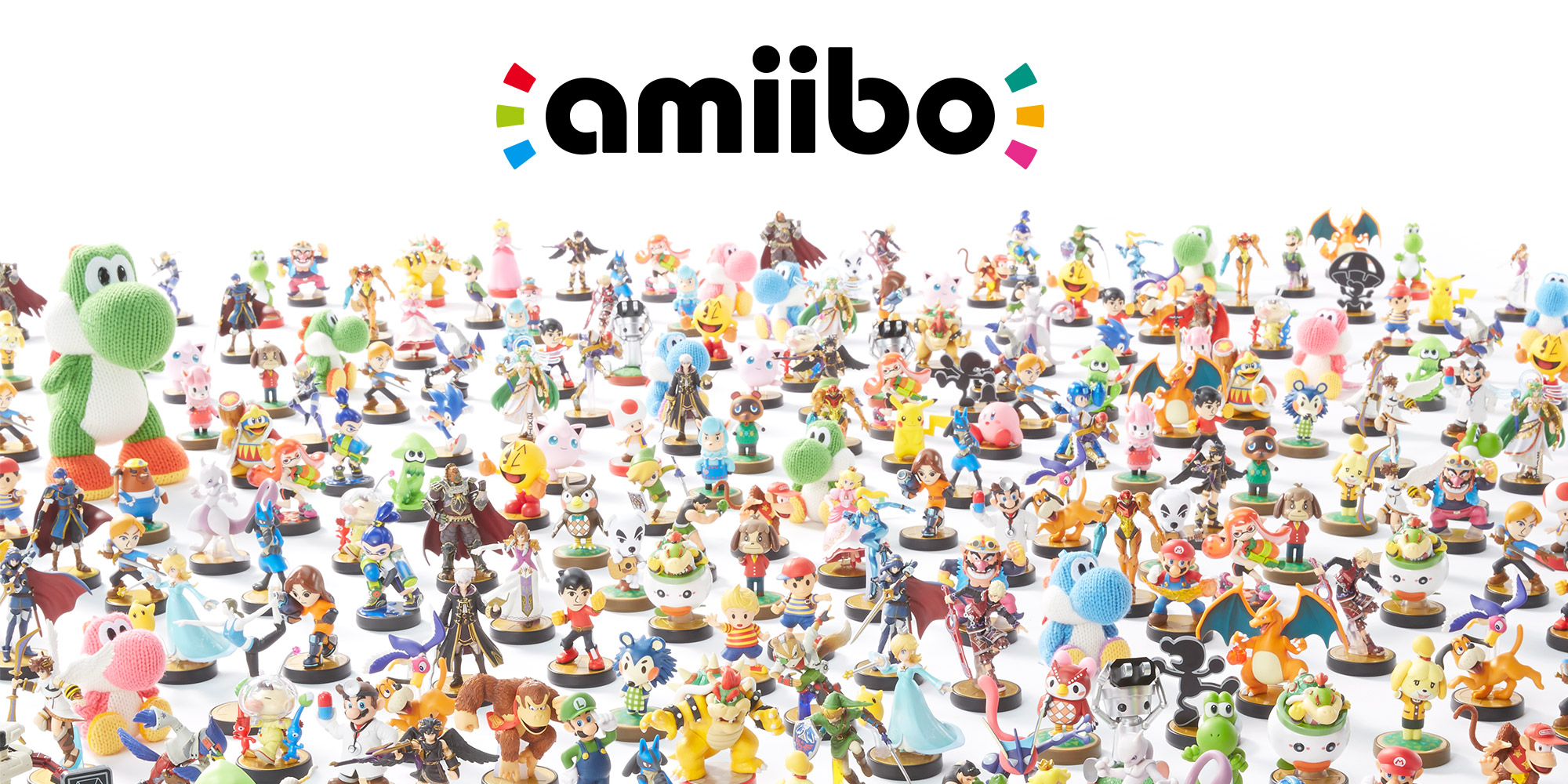

This research has been very useful for my brief as Skylanders has inspired my project idea. The party members get abducted and turned into small statues by Lord Froggy. He is like Kaos because I designed him to have a dark coat with an upturned collar. This reminds people of the classic horror villains such as Dracula who people naturally assume to be evil. He uses the captured Mechanoids to make clones that are under his control. The ideology here is that people watching will wish the heroes to rescue their friends (good defeating evil). In Skylanders, you use the Skylanders figures to send the Skylanders back into Skylands to protect the people living there. Depending on what the characters need to do, you go into different locations in each chapter of the game. In Mechanoids, the main trio have to go into different worlds to play through Lord Froggy’s survival games to rescue their friends. This series follows the Todorov theory, where there is a disruption (Lord Froggy) of an equilibrium and the characters set out to repair the damage. The potential economics for this series would include dedicated character merchandise (figurines, plush toys) video game endorsement, etc. The revenue from this activity would be greater than the cost of producing the series providing a profit which can be used for further series production, introducing new characters and then further merchandise sales increasing the profit further.
I plan the audience to be in the range of 6 to 10 year olds. The psychographic I plan would be in the explorers’ category, as it matches my younger demographic (students). They seek discovery, energy, individualism, experience, values, difference, and adventure. These will all be present in the series.
Overall, I think this case study is a good representation of Skylanders because I have gone into detail about the franchise and the games and the people that made it. I have explained almost everything that happens in the promotional trailer and all the details using MIGRAINE. I’ve talked about how they use marketing techniques throughout the trailer and how they made Skylanders successful.
My opinion on the video I analysed is a good view of Skylanders, as it explains everything you need to know about the franchise. It explains the goodness of the Skylanders and the evilness of Kaos and his army; they show the portal of power, which is a key element of the series. It shows how powerful the Skylanders are; they show why they were all turned into small statues because Kaos banished them to Earth, and they show their target audience with the boy at the end.

There is no case study on your blog Alex, which is a shame as I could have given you some feedback to work on over Christmas.
Well done Alex. this is a really informative post. At the moment this is working towards a merit. If you would like to aim higher then you would need to give me examples of the things you are describing in terms of MIGRAINE and also keep answering ‘why’ for example, you say ‘there are a lot of different camera angles shown throughout the trailer, such as high angles and mid-shots.’ why is this? What impact does this have on the audience? You would need to do this for the MIGRAINE parts of your case study.